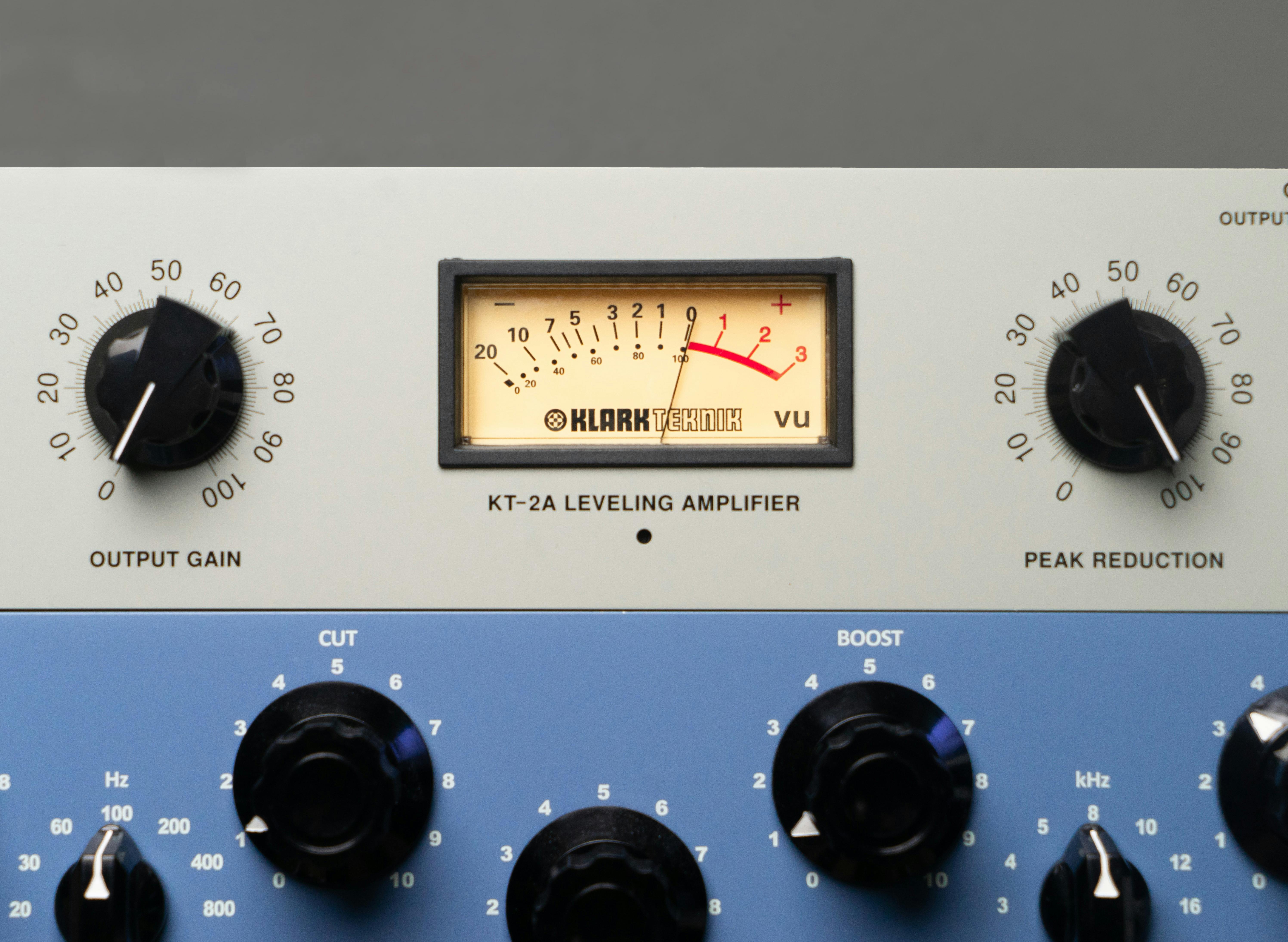"Breaking Down the Mysteries of Terahertz Technology"
Introduction: In the world of technology, progression is often a game of inches, with each discovery and development meticulously moving us forward. However, every once in a while, a promising technology emerges that could potentially leapfrog us into the future. One such technology is Terahertz (THz) technology.

Unraveling the Enigma of Terahertz
Terahertz radiation, a frequency band located between microwaves and infrared light on the electromagnetic spectrum, has long intrigued scientists. The frequency’s unique properties allow it to penetrate materials like clothing, paper, and even walls, without the harmful ionizing effects of X-rays. Discovered in the late 19th century, the terahertz band has remained largely unexplored due to the lack of efficient technologies to generate, detect, and manipulate THz waves, often referred to as the “terahertz gap.”
The Terahertz Gap: A Historical Perspective
The term “terahertz gap” was coined in the 1980s to describe the technological void that existed in the terahertz frequency band. It was a region of the electromagnetic spectrum that had few practical applications due to the difficulty in generating and detecting THz waves. This lack of technology was due to the fundamentally different physics involved with THz waves compared to other parts of the electromagnetic spectrum.
Bridging the Terahertz Gap: Recent Developments
Fast forward to today, advancements in semiconductor and laser technologies have led to the development of generators and detectors that can operate in the terahertz range. For instance, in 2020, researchers at MIT’s Research Laboratory of Electronics designed a compact device that can generate terahertz radiation. The device, which uses a quantum cascade laser, could pave the way for smaller, portable terahertz systems.
Terahertz Technology: The Future Unveiled
Terahertz technology has the potential to revolutionize fields ranging from security and medicine to telecommunications and computing. For instance, terahertz scanners could replace existing airport security systems, providing a safer, non-invasive method to detect concealed weapons and explosives. In the medical field, terahertz imaging could offer a non-invasive method to detect skin cancer.
The Price of Progress: Estimating Market Impact
While precise cost estimates for terahertz technology are hard to come by, market reports suggest that the global terahertz technology market could reach $1.3 billion by 2025, growing at a CAGR of 32%. This growth is expected to be driven by the increasing demand for terahertz technology in security and medical applications, as well as research and development activities in the field.
In conclusion, terahertz technology, once a mysterious and inaccessible part of the electromagnetic spectrum, is now at the forefront of scientific research. With its potential applications in various industries, there’s no denying that we are at the precipice of a technological breakthrough. And while there are still hurdles to overcome, the future of terahertz technology looks promising indeed.




